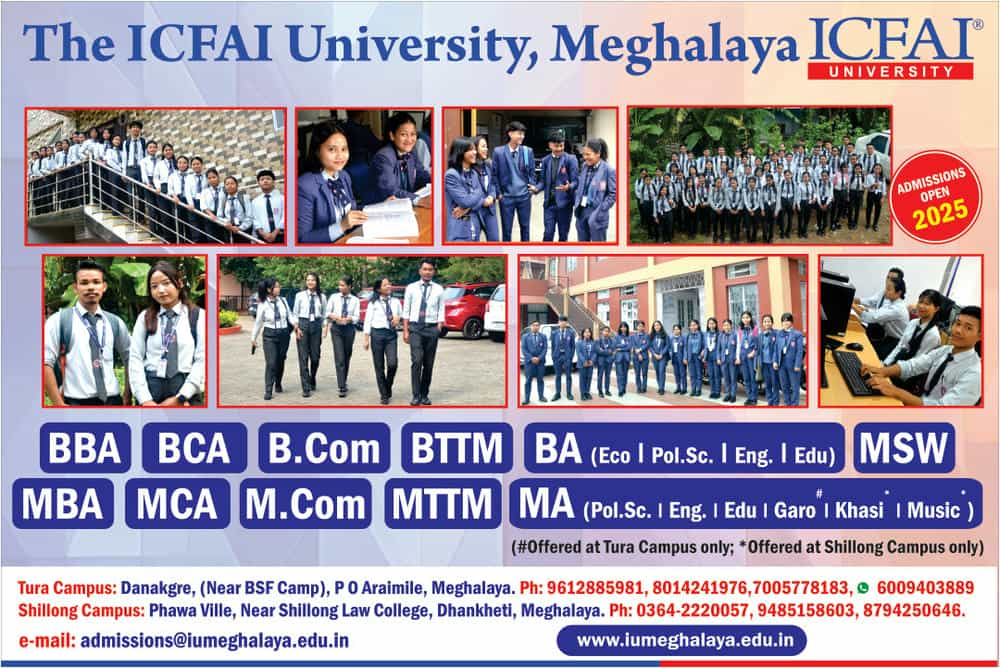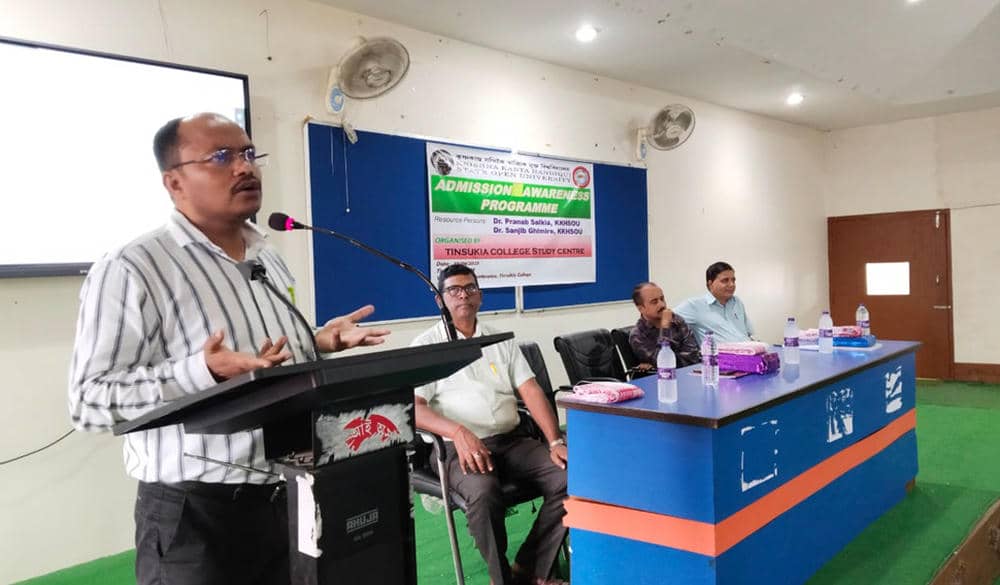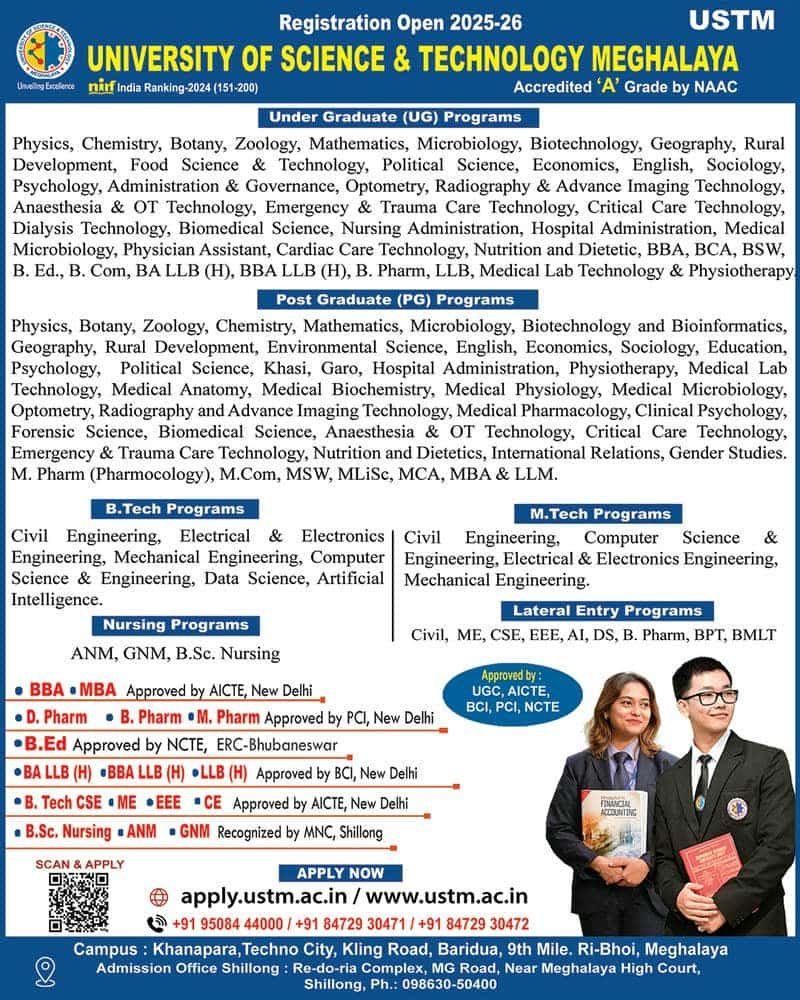KKHSOU expands ODL outreach in Assam’s border districts

In line with its motto “Education Beyond Barriers,” Krishna Kanta Handiqui State Open University (KKHSOU) has intensified efforts to expand open and distance learning (ODL) across Assam, with special focus on the state’s border districts.
On August 29 and 30, the University conducted a series of ODL promotional programmes and press meets in collaboration with its Jorhat Regional Centre. The outreach events were hosted at Sadiya College, Doomdooma College, Bir Raghab Maran College, Tinsukia College, Duliajan College, and Tengakhat College, drawing enthusiastic participation from students, teachers, and community members.
Delivering the keynote at each programme, Prof. Pranab Saikia, Dean, Study Centre (in-charge), KKHSOU, explained that the initiative was designed to strengthen rural and border communities’ access to higher education, particularly in the wake of Industry 4.0 transformations. He stressed that education has become central to skilling, upskilling, and reskilling India’s vast youth population—nearly 800 million below the age of 35. “This demographic dividend can only be meaningful if our youth are equipped with employable, real-world skills,” he said.
Prof. Saikia also highlighted KKHSOU’s operational framework, which includes its headquarters, four regional centres, and 338 study centres across Assam. He outlined the University’s multi-pronged teaching approach, encompassing self-learning materials, multimedia-based resources, e-learning, blended learning, collaborative learning, facilitator support, and assessment-integrated pedagogy. “These ensure that anyone, anywhere, anytime, and on any device can access quality higher education through KKHSOU,” he added.
The programmes witnessed large attendance, with principals, faculty members, KKHSOU learners, student organisations, literary groups, and local dignitaries joining in. Prof. Saikia urged rural youth to embrace KKHSOU’s academic offerings to acquire 21st-century knowledge and skills while pursuing their livelihoods, making higher education both accessible and adaptable.



Leave a Reply